Author Archives: Mark Buell
Author Archives: Mark Buell
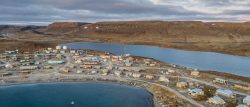
In its second year as a virtual event, the Indigenous Connectivity Summit will take place on 12-15 October 2021. The COVID-19 pandemic showed us that those who lack connectivity face the effects of starker inequalities. Millions of people across Canada and the United States still can’t take advantage of the benefits of a fast, affordable, […]
The post Register for the 5th Annual Indigenous Connectivity Summit appeared first on Internet Society.

The COVID-19 pandemic has taught us once and for all that broadband access is critical infrastructure. Without it, communities cannot work, learn, or earn online – a necessity during stay-at-home orders. And policymakers are taking notice. In the past few months, trillions of dollars have been proposed by the House, Senate, and White House for […]
The post Risks and Rewards of the U.S. Broadband Funding Boom appeared first on Internet Society.

This past weekend, we observed the one-year anniversary of the first of many COVID-19 lockdowns. Since then, schools, small businesses, healthcare providers, and financial institutions around the world have relied on the Internet to maintain operations and deliver critical services – bringing the need for broadband access into sharp focus. The overflow of demand for digital communication amid the ongoing pandemic has put the Internet’s structural integrity and capacity to the test. Overwhelmingly, it has delivered.
The Internet’s network of networks has enabled massive segments of the global workforce to shift to remote operations, allowed schools to provide online educations to students around the world, and offered a space for countless businesses and individuals to continue to serve their communities amid a global crisis. The Internet’s role in not just sustaining crucial aspects of day-to-day life, but enabling communities to thrive throughout the COVID-19 pandemic is undoubtedly crucial. It is clear – now more than ever – that the Internet is indeed a force for good. The success of the Internet is the result of its universally accessible, decentralized, and open architecture; this Internet Way of Networking must be protected to allow us all to use this critical resource to its Continue reading
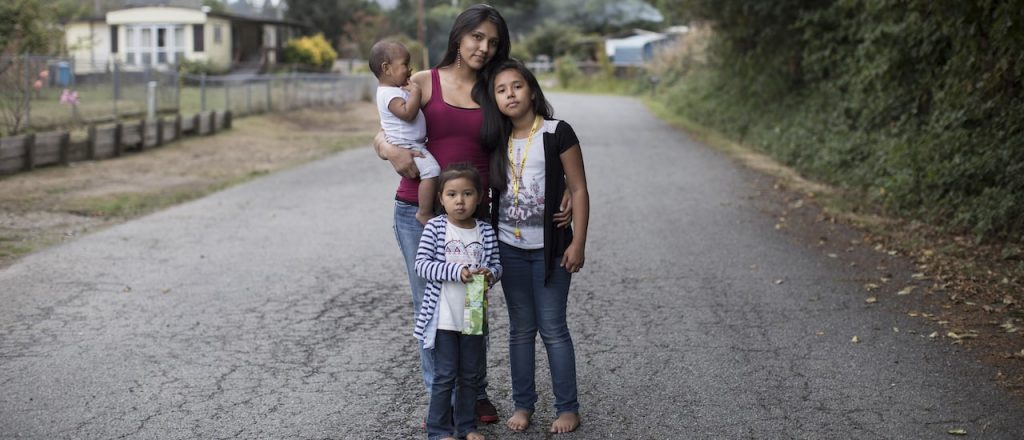
The image was shared around the world. Two little girls hunched over their laptops on a concrete sidewalk, accessing the free WiFi at a fast-food restaurant in order to complete their schoolwork. It was a bleak reminder of the stark digital divide in the United States, where millions are excluded from the benefits of affordable, reliable broadband service. In urban, suburban, and rural areas alike, 42 million Americans – 12% of the population – are on the wrong side of this divide, exacerbating inequalities in access to education, employment, and healthcare.
Conquering this digital divide calls for meaningful solutions, vision, and commitment. Truist has stepped up to the plate with an innovative new grant program that puts the power of connection in the hands of the people who stand to benefit from it. For the over 15 million Americans across the Southeast United States who lack adequate Internet access, broadband coverage cannot wait.
In partnership with Truist, the Internet Society is proud to announce the launch of the Truist EPIC Grant. The program is aimed at funding community-backed broadband – solutions that can help alleviate socioeconomic disparities exacerbated by lack of access.
The Truist EPIC Grant offers eligible Continue reading

A shorter version of this article was first published in the Toronto Star.
With the recent launch of the Universal Broadband Fund, or UBF, the federal government has committed to addressing the connectivity gap that is far too real for many people living in Canada. Over the past eight months, COVID-19 has shown us how important the Internet is during a crisis. Broadband access has become an essential service as critical as access to water or electricity. Minister Maryam Monsef was correct when she said: “High-speed Internet is more than just a convenience.”
Certainly, an investment of CAD$1.75 billion to help lower the hurdles that have left many Indigenous, rural, and remote communities in Canada on the wrong side of the digital divide is both needed and welcome. But officials need to take care not to disenfranchise the very communities they intend to help in the process. For the most challenging communities to connect to the Internet, success can only happen with community-led initiatives. It is critical that the communities most in need are full partners in the process, driving connectivity solutions that work for them, and have access to the necessary resources to make that happen.
This Continue reading
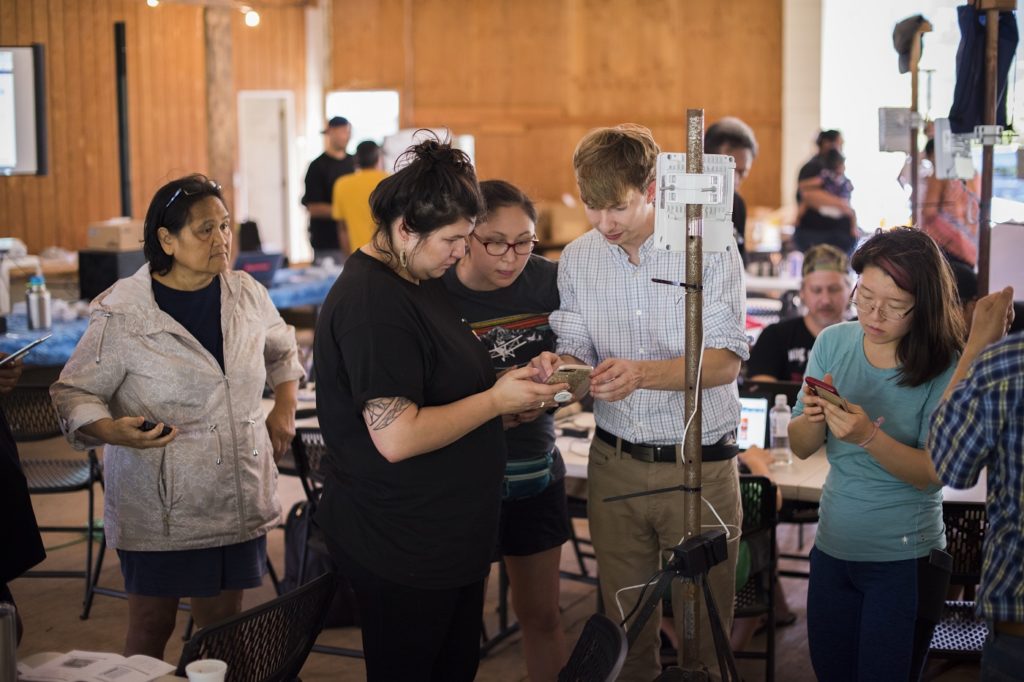
In October, we held the 2020 edition of Indigenous Connectivity Summit (ICS). Over the last four years, this summit has become a hallmark event for Indigenous network operators, leaders, community members, and others to come together to discuss the unique opportunities and challenges Indigenous communities face when campaigning for quality and affordable Internet access, and to build relationships with like-minded communities across North America.
In addition to the summit itself, for six weeks prior to the event participants in the ICS Policy and Advocacy training program led the development of a set of policy recommendations. These were then elaborated on, reviewed, and endorsed by summit participants, and they will now help both the Internet Society and the Indigenous communities who created them to advocate for policies that will help the United States and Canada move closer to digital equity.
We know that these recommendations really do make a difference. In 2019, our policy recommendations and organized advocacy efforts affected real change. The Federal Communications Commission in the U.S. was about to launch a spectrum auction and include a Tribal Priority Window so Indigenous communities could apply for the rights to the airwaves over their lands. The Tribal Priority Window Continue reading
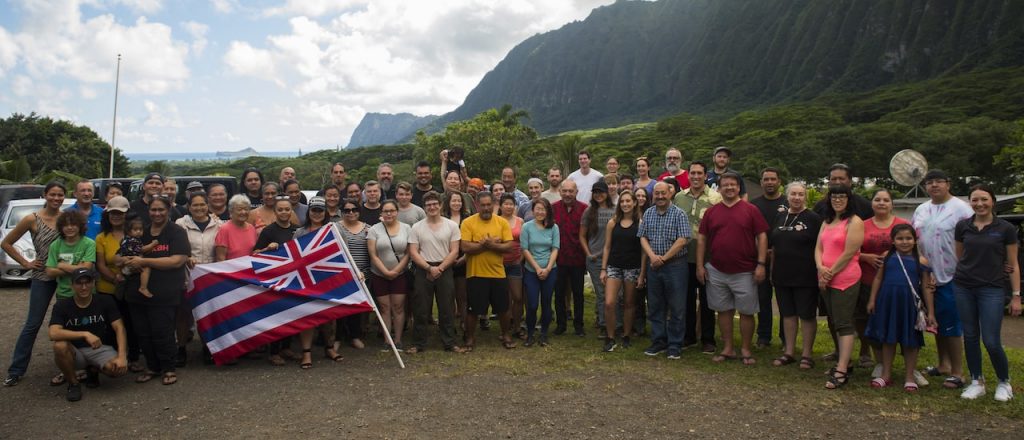
As billions of us move into self-isolation, one thing is crystal clear: Internet access is critical. If anyone of us took it for granted before, COVID-19 has changed everything and rocketed the world into a new era. So it’s even more critical we build an Internet for everyone.
But we’ll only get there if we bring more diversity to the table when it comes to building infrastructure, developing sound policy, and creating the communities needed.
A lot of our work involves bringing people together. Network operators, policymakers, advocates, community members, and more. That’s because the Internet is built by people, and new ways to bring infrastructure to the world only come from what can happen when people come together.
In 2019, the Internet Society held the third annual Indigenous Connectivity Summit (ICS) in Hilo, Hawai’i.
Among the delegates were five Indigenous advocates from across North America who trained to become 2019 Indigenous Connectivity Summit Policy Advisors.
Based on conversation and outcomes from the Summit, they developed a set of recommendations to help policymakers in the United States and Canada make more inclusive decisions. These recommendations build on those developed at the previous Summits in Santa Fe, New Mexico and Inuvik, Northwest Territories.
These recommendations were then discussed and agreed Continue reading
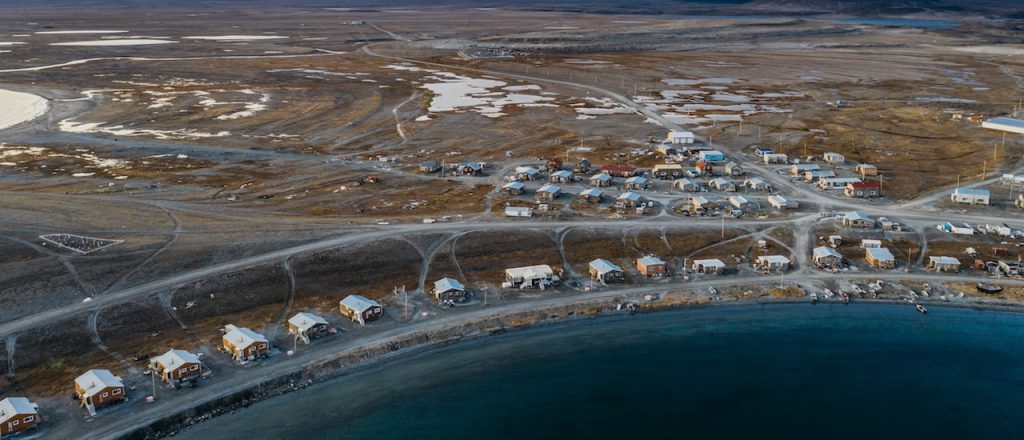
Yesterday’s announcement by the Government of Canada to drive down cell phone prices will only end up costing Canada in the long run.
In a press conference held yesterday, Minister Navdeep Bains of Innovation Science and Economic Development Canada (ISED) laid out a plan that will not only allow the government to evoke further regulation to boost competition but allow it to sell off spectrum to the highest bidder.
It is a case of short-term gain that will lead to long-term pain.
It could have been an opportunity for ISED to bring many Canadians – particularly those living in rural and remote areas – closer to the government’s goal of universal broadband for all by 2030. Unfortunately, we believe that the auction rules announced yesterday by Minister Bains for this spectrum band are a step backward for innovative approaches to bring affordable access to the regions of Canada that most need it.
Currently, Canadians pay some of the highest prices in the world to come online and much of the country still does not have fiber needed for broadband.
There are solutions to affordable access in Canada. One of which is community networks.
The Internet Society has long championed community Continue reading

To many North Americans, Hawai’i is a place of beaches, resorts, surfing, rainforests, and volcanoes — it’s a vacation destination.
But despite its tourism infrastructure and economy, Native Hawaiian communities in the far-flung chain of more than 130 islands face many of the same Internet connectivity challenges as Indigenous communities in Canada and the continental United States. And for a variety of economic, policy and geographic reasons, it is often excluded from efforts to improve access for Indigenous, rural and remote communities.
The Internet Society believes the Internet is for everyone and works with underserved communities to find and create local access solutions in some of the hardest-to-reach places on earth. What’s exciting is that despite the different geographic landscapes, the same community-led solution underway to improve Internet access in the high Arctic could also help Native Hawaiians carve their own path to better connectivity.
That’s why, in 2019, the Internet Society is holding its third annual Indigenous Connectivity Summit (ICS) in Hawai’i.
Including Indigenous voices in the planning and solutions that shape the Internet is a vital part of closing the digital divide. Previous summits in Santa Fe, New Mexico, in 2017, and Inuvik, Northwest Territories, Canada, Continue reading
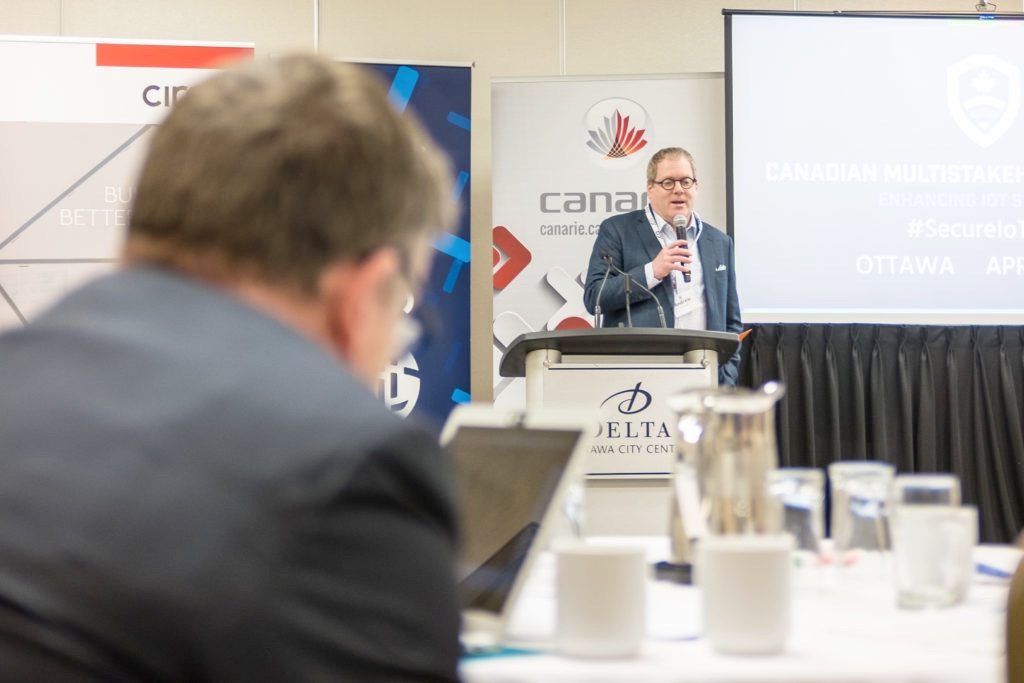
Canada has shown great leadership in its innovative approach to secure our connected future by drawing on the diverse strengths, backgrounds, and perspectives our country has to offer.
While the wrap up of a collaborative effort to produce policy recommendations to keep us safe online is definitely worth celebrating, the real work for Canadians has just begun.
The Internet has profoundly changed the way we do things, expanding opportunity as it shrinks distances between people, cultures, and ideas. With connected devices hitting the shelves of major Canadian retailers like never before, the Internet of Things (IoT) is adding countless facets to a new era of human potential.
It has also brought new and complex challenges in areas such as privacy and security.
Many of us worry about our security when we log on. Despite recent calls by governments around the world to create regulation to keep citizens and information safe online, it is critical to consider that not one person or government can solve these issues alone.
If there’s anything the world of Internet governance has shown us, it’s that we get better answers to tough questions when a range of experts and interests can meaningfully take part in the Continue reading
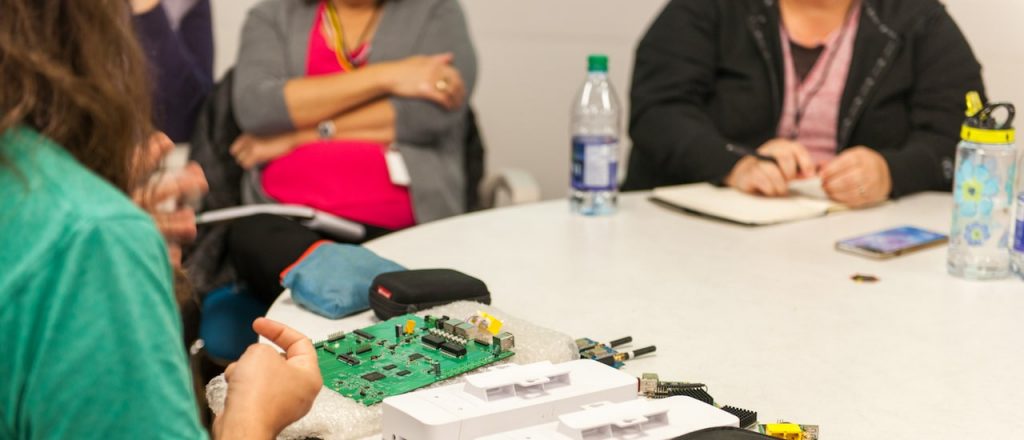
One of the most common lines you’ll hear in the virtual halls of the Internet Society is that the Internet’s success is due to its open, distributed, and global nature.
Think about it. A network of voluntarily-connected networks changed the course of history in a matter of decades because people agreed to work and innovate together. It’s a deeply profound source of inspiration about the power of humankind.
It practically begs the question: can we replicate even a portion of its success by embodying the “the Internet way” of working in North America?
The answer is yes.
As part of this, one thing is strikingly clear. Chapters and partners are the lifeblood of the organization. They are critical to working more closely with communities at the front lines of our work.
The Internet’s own globally-operable infrastructure proves the infinite potential of what can happen when people work together. In the same way, we will come together as a diverse community to help define future priorities.
We’ve already seen successes in the North American region that show how closer collaboration with Chapters and partners can help us reach new levels of success.
Enhancing IoT Security
Canada is changing how countries around Continue reading

Trying to remove cyber security risks from the growing world of connected things is not an easy task. That said, there’s no time like World Consumer Rights Day to give Canada a shout out for its global leadership to champion a safer digital future for all.
Recognizing the need to secure the Internet of Things (IoT), the Internet Society, in partnership with the Ministry of Innovation Science and Economic Development (ISED), the Canadian Internet Registration Authority (CIRA), Canadian Internet Policy and Public Interest Clinic (CIPPIC), and CANARIE, led a voluntary multistakeholder process to develop a broad-reaching policy to ingrain security at the core of innovation in Canada.
Over the past year, we led a series of meetings with business leaders, technical experts, government representatives, civil society, and academia to discuss challenges and recommend the best ways to address them. We gathered feedback through in-person and online attendance. Collectively, these efforts, combined with well-rounded research and documentation, formed the Canadian Multistakeholder Process for Enhancing IoT Security.
Rather than a top-down, government-imposed regulatory model, our multistakeholder approach helped us balance roles and contributions among the group. By working in a way that includes feedback from all participants, we are developing IoT security Continue reading

There’s one New Year’s resolution we can bank on to improve the health and livelihoods of millions of people across North America this year, and it doesn’t involve buying into health fads or gadgets.
The newly-released 2018 Indigenous Connectivity Summit (ICS) Community Report shows a strong correlation between Indigenous connectivity and the well-being and sustainability of rural and remote Indigenous communities, especially when solutions are local.
The report summarizes outcomes of the 2018 Indigenous Connectivity Summit that brought nearly 140 Indigenous leaders, policy makers, network operators, and community members to the Arctic community of Inuvik, NT last October.
Like most New Year’s resolutions, connectivity solutions are neither quick nor cheap. This is especially true in northern rural and remote regions of the U.S. and Canada with geographic hurdles that make it hard for Internet service providers to achieve economies of scale.
It’s one of the main reasons today in 2019, millions of people across North America – yes, millions – still don’t have access to reliable broadband Internet.
Last October, the Federation of Canadian Municipalities called on the federal government to invest $4 billion over ten years to connect all Canadians to the Canadian Radio-television and Communications Commission’s universal Continue reading
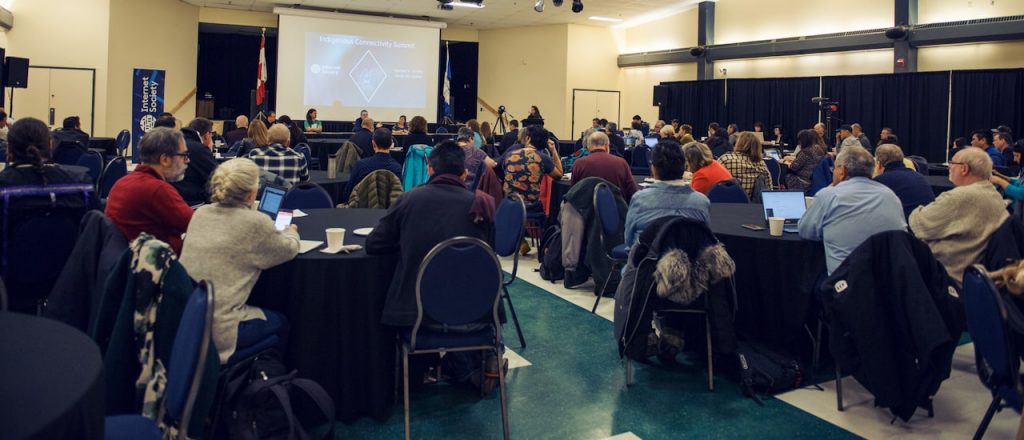
The Internet is an incredible tool that can help amplify voices that may not otherwise be heard. But when it comes to making sure everyone can have access to this tool, we can’t downplay the power of human connections to overcome connectivity challenges.
One of the things that stood out for me most at the 2018 Indigenous Connectivity Summit (ICS) last week in Inuvik, NT was getting a first-hand view of what happens when Indigenous voices are at the forefront of Internet solutions.
Nearly 140 people joined us in the Arctic Circle for a two-day series of panels and presentations focused on finding solutions to improve connectivity in rural and remote Indigenous communities, with a special focus on northern connectivity challenges. The livestream was viewed over 850 times.
It was inspiring to hear speakers shed light on the ways they innovated to bring Internet to underserved Indigenous communities on their own terms through Community Networks throughout North America and abroad.
I think some of the most important successes, however, came when ICS participants were able to interact during breaks, round-table discussions, on the bus trip to Tuktoyaktuk, at the community feast, and even on the flights to and from the Continue reading

It never ceases to amaze me how quickly technology evolves. In 2007, the iPhone was released and dramatically transformed the way we communicate. Then, less than three years later, the first iPad hit consumer shelves and revolutionized personal computing. Now, Internet service providers around the world are racing to deploy the infrastructure needed to fuel our transition into smart cities of increasingly connected homes and driverless cars.
While some major U.S. cities are set to get home access to 5G broadband speeds as soon as this month, there are still many people living in rural and remote Indigenous communities across North America that struggle to open an email.
It’s time to get our priorities straight. The Internet is a powerful tool transforming virtually every aspect of our lives. But we can’t move forward if anyone is left behind. Indigenous voices must count in our digital future.
The Canadian Radio-television and Telecommunications Commission (CRTC) recently made an important step in the right direction when it released details of its $750 million Broadband Fund to improve connectivity in underserved and remote regions of Canada.
The fund makes an important commitment to ensure applicants consult with First Nations, Inuit, and Métis and Continue reading
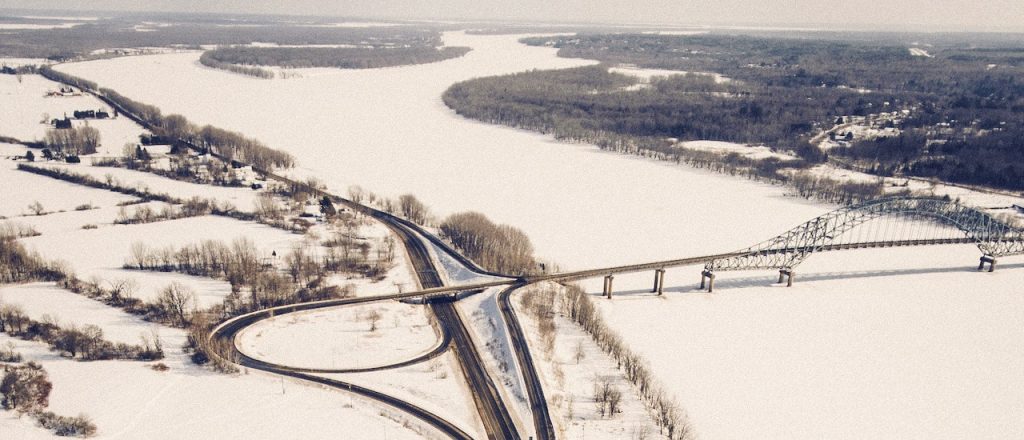
While a new fund by the Canadian Radio-television and Telecommunications Commission (CRTC) has disappointed some Internet advocacy groups, we believe it could be critical to bringing Indigenous and northern communities online and closing Canada’s digital divide.
The Broadband Fund is slated to provide $750 million over five years, in addition to $500 million in funding by Innovation, Science & Economic Development Canada (ISED) to help Canada meet its universal service objective.
The CRTC is catching heat for halving project eligibility speeds, from 50 Mbps downloads to 25 Mbps (with a plan to scale to the original target), that were laid out in 2016 as part of a declaration that all Canadians should have broadband Internet as a basic telecommunications service. Because of this, some are saying it may give applicants less incentive to achieve the universal service target.
While speed is an important measure of Internet quality, it is not the only measure of success.
What I believe many are overlooking is that eligible applicants not only must outline how they’re going to consult communities as part of their plan, they must commit to respecting treaty and land claim rights if the project impacts Indigenous communities.
That makes it an unprecedented Continue reading
Debates regarding net neutrality regulation in the United States have been carried out for over a decade. Rulemakings by the FCC have been passed numerous times, won and lost in court, and been repealed, resulting in years of political back and forth. Now, net neutrality is being argued for and against on Capitol Hill and its regulatory future is unclear.
To address this political limbo, the Internet Society convened experts from the technical community, public interest groups, and academia to discuss how we can create a permanent solution for net neutrality that protect the interests of Internet users while fostering an environment that encourages investment and innovation. During this half-day event, participants began a conversation to define net neutrality, what conduct it should cover, how compliance could be assured, and how to balance consumer and private sector interests.
The discussion was moderated by Larry Stickling, Executive Director of the Collaborative Governance Project at the Internet Society, and included a balanced group of politically left- and right-leaning public interest groups, private sector organizations, and academics. The event was under Chatham House Rule and did not allow tweeting during the meeting in order to encourage participants to freely and respectfully voice their Continue reading
As Canadian Prime Minister Justin Trudeau gets ready to host the G7 Summit this week, renewed tensions around trade remind us how vulnerable the global economy is, and how working together is more important than ever to solve these complex issues.
And today, the world is looking to G7 leaders to make the right decisions.
The connected future is here. While the Internet has yet to reach its full potential (half of the world’s population remains offline), there’s little doubt that it’s already changing the landscape of trade, jobs, and the digital economy. According to data from McKinsey, the Internet accounts on average for 3.4 % GDP across the large economies that make up 70 % of global GDP. The global network offers a unique space where data, goods and services can flow and fuel the next wave of global growth, where anyone can take part and benefit from new economic opportunities.
One of the values of this connected world is our ability to interconnect — the way we live our lives, the way we socialize, and we interact with the world. Everything from clothes to toys and toothbrushes are coming online as well. The International Data Continue reading
Northern Public Affairs, in collaboration with the Internet Society, is pleased to release a call for contributions to the Fall 2018 special issue of NPA Magazine focusing on emerging developments in community networks among Indigenous peoples in North America.
Internet connectivity for Indigenous Peoples in Canada and the United States has long been difficult to implement due to many environmental and socioeconomic factors such as remoteness of communities, difficulty gaining first mile access, reliable networks, slow speeds, expensive equipment, and high data costs. Community networks are communications infrastructure deployed and operated by local people, offering Indigenous communities a way to access the Internet to meet their own needs. For many, affordable, high-quality Internet access means community sustainability. Community networks encourage policymakers and regulators to examine new ways and means to fill local digital divides, like supporting local content in the appropriate language(s).
In this special edition issue of NPA Magazine the goal is to assemble diverse voices to explore the impact of access in the areas of education, healthcare, digital literacy, cultural/language promotion and preservation, as well as any negative impacts. We will seek existing Indigenous Community Networks and developing ones, highlighting successful and promising initiatives bringing Internet connectivity Continue reading
On, April 10, 2018 I joined over fifty like-minded individuals signing a letter emphasizing the importance of security research. The letter renounces a number of recent lawsuits, such as Keeper v. Goodlin and River City Media v. Kromtech, against security researchers and journalists and highlights the importance of the work they are doing to defend against a rapidly increasing number of security threats.
Security research, sometimes called white-hat hacking, is a practice by ethical hackers whereby they legally find flaws in information systems and report them to the creators of those systems. The ability to find and report these vulnerabilities before other bad actors can manipulate them has become increasingly important, especially in the context of the Internet of Things (IoT).
As we discussed at Enhancing IoT Security in Ottawa, Canada this week, Internet-connected devices offer great promise, but they can also create a host of security issues. It is crucial that we continue to encourage individuals to seek out and correct flaws in these devices as their application and use grows.
As Olaf Kolkman, Chief Internet Technology Officer at the Internet Society, wrote recently, security researchers are helping to make the Internet more secure. Collaboration between those Continue reading